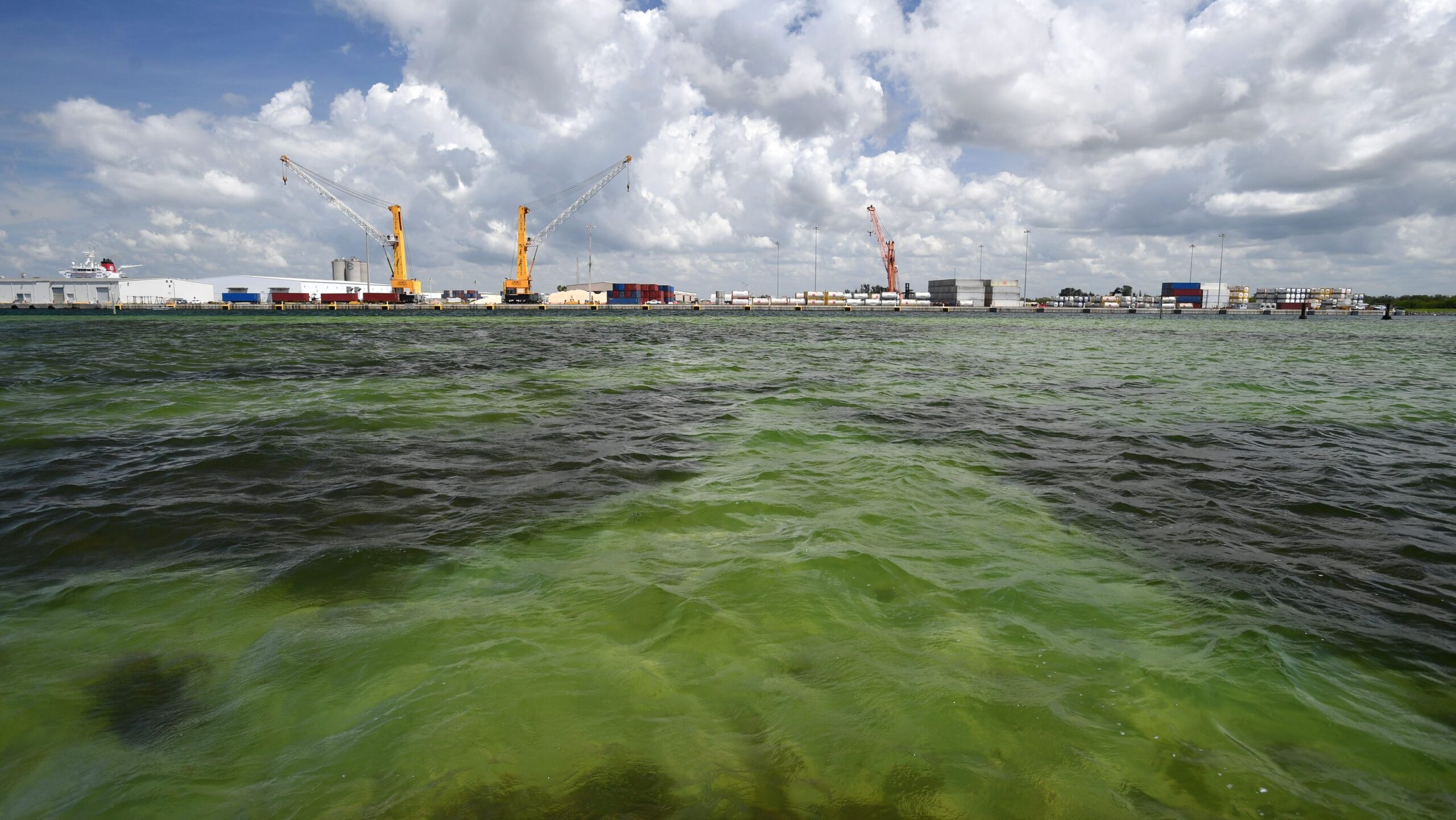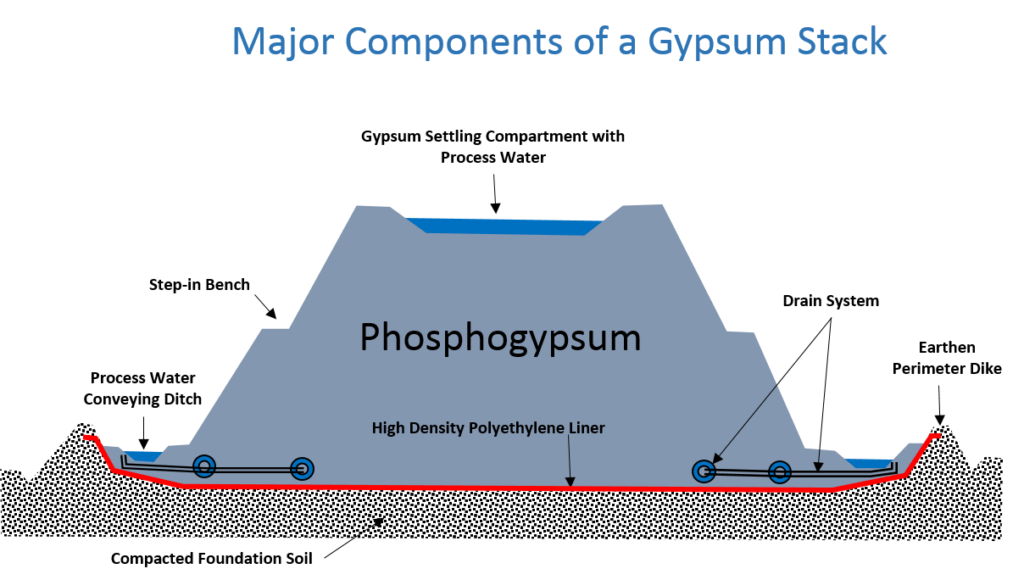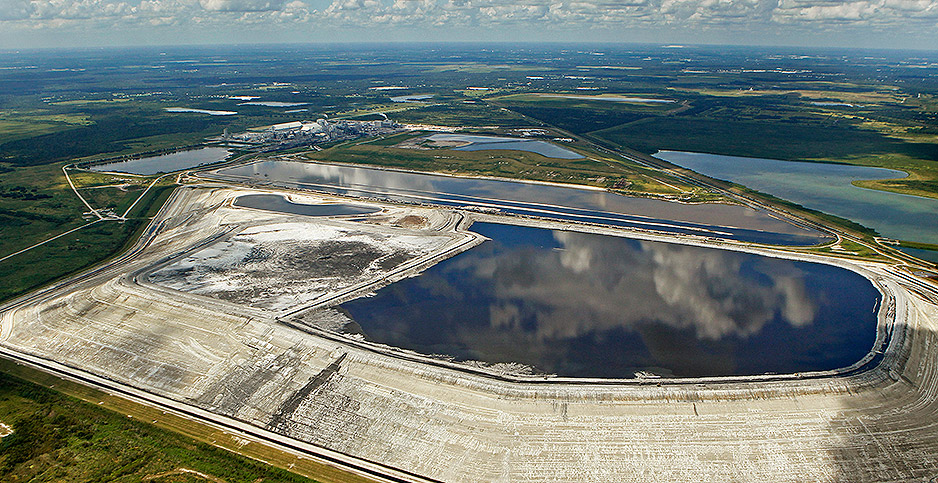In Piney Point, Florida, a tear in a 400 million gallon reservoir at a former phosphate mine put over 300 homes and the surrounding wildlife at risk. Republican Governor Ron DeSantis called the toxic leakage an “imminent hazard” that presented “an immediate and substantial danger to human health, safety, welfare and the environment.”
These reservoirs hold year’s worth of phosphogypsum, a phosphate waste product from making fertilizer that contains radioactive materials like uranium and radium. To prevent the reservoir from completely collapsing and flooding nearby homes, officials decided to relieve the pressure by pumping out over 200 million gallons of acidic wastewater into the nearby Tampa Bay. With this temporary “solution,” officials will be trading one catastrophe for another with environmental repercussions certain to happen to Florida’s waterways in the coming weeks.

But how did this even happen? Why did these hundreds of millions of waste water sit there for years? And did anyone foresee that this could happen? The history leading up to Piney Point’s water leakage involves years of mishandlings and on all levels, from the state, the county, and the private sector.
Since its founding in 1966, the Piney Point phosphate facility has had a history of having chemical leaks and dumping toxic waste into the environment. The facility has had many different site managers and owners who piled the radioactive phosphogypsum into large piles, called gypstacks, and created wastewater storage reservoirs on top of it.
The company that is currently in charge of the dumping site, HRK Holdings, bought the facility in order to store dredged material, accumulated substance from the bottom of the port seabed. Port officials and Manatee county commissioners supported the plan and arranged a deal to use HRK’s newly bought land to put the dredging waste on top of the radioactive gypsum stacks for a proposed dredging project. As part of the deal, HRK was required to treat and dispose of the waste and would be overseen by the state. The Florida Department of Environmental Protection was also on board with the idea of dumping the dredging muck in the wastewater due to the fact that they wouldn’t have to continue treating the gypstack sites.
However, the Army Corps of Engineers, a United States Army engineering organization that develops civil works, disapproved of the project, reporting that it could create a massive flood risk if the plastic lined reservoir were to fail, putting residents and wildlife at risk. Despite their continued warnings from 2008 to 2011, the dredging project continued. Fast forward years later, tears were found in the plastic lining and independent engineers reaffirmed Army Corps’s warnings of a looming disaster to the state and HRK yet again. In spite of years of concerns, not much was done until disaster finally hit.
This incident was completely avoidable and will now cost taxpayers millions to clean up and will have unknown effects on the delicate, surrounding wildlife in the coming weeks. Next month, I’ll talk about what lessons we can learn from Piney Point and how we can avoid these situations in the future.


